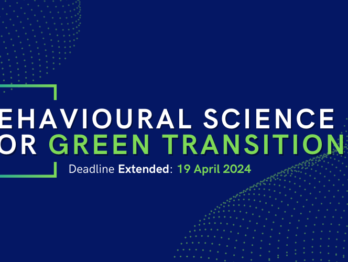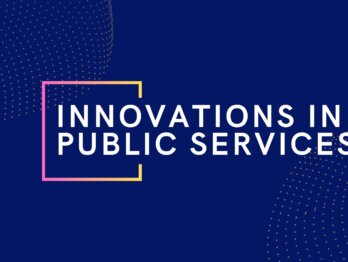Deadline Extended: Public Consultation on public sector AI Primer open until September 15

The public consultation on this document ended on 15 September 2019. The OPSI team is currently reviewing and incorporating comments, with plans to publish the final product as an OECD working paper later this year. Thank you very much to everyone who has contributed!
Given demand from the innovation community and taking into account the summer period, we are extending the deadline for the public consultation on our primer on AI and its use in the public sector. You may submit comments and edits on the draft through September 15, 2019.
You can contribute in three ways:
- Adding comments to a collaborative Google Doc.
- Adding comments and edits (in tracked changes) directly to a .doc version and e-mailing it to us at [email protected]. A PDF version is also available.
- Leaving comments at the end of this blog post.
We want to thank all contributors who already shared comments, feedback and edits with us. The process of public consultation is greatly important for our work at OPSI. We truly appreciate all inputs received as they are critical to help us make sure important discussions regarding the development and use of AI in the public sector are not missing. Your contributions are also helping to ensure the accuracy and relevance of the primer for the global public sector audience.
The comments we have received so far confirm the idea that talking about AI is a complex matter. AI is an umbrella term that can mean many things to different people. Definitions do exist and are important for general understanding and for the development of AI. However due to its complexity, it is unlikely that AI can be reduced to a universally agreed single definition and even less so given the diversity of actors, interests, contexts and levels of AI expertise in the public sector.
The question remains to know what level of understanding, detail and precision should reasonably be expected of public officials, public managers and public leaders when discussing AI.
To help us strike the right balance, we would greatly appreciate any comments or feedback which would ensure accuracy but also point to the most relevant benefits or challenges of different types of AI for the public sector that may be missing from the current draft. We would also welcome feedback on the examples used and if they seem illustrative enough and relatable for a public sector audience. We look forward to hearing your thoughts by 15 September!











